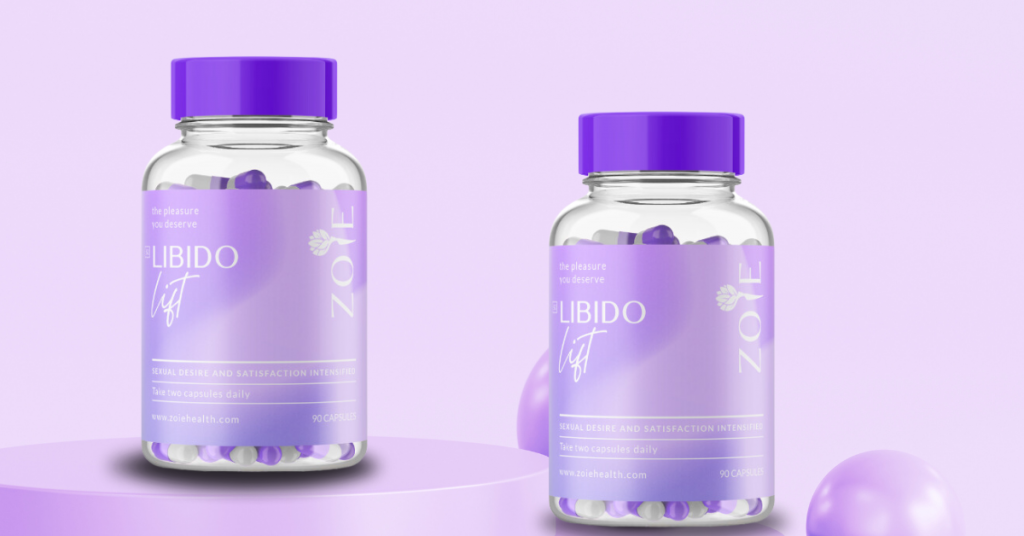
Living with fibroids can be tricky. The condition can go undiagnosed because they’re often presented as long, painful periods, which can be considered “normal”. Sound familiar?
Categorised as benign (non-cancerous) growths in the uterus, fibroids can nonetheless wreak havoc on an otherwise productive life. Kea Nguza, Chairperson of FAASA (Fibroids Awareness Association of South Africa), was living with fibroids. “I felt like something was stuck there,” says Kea on Zoie’s Womankind podcast episode, Living With Fibroids. “The period pains were so excessive that I couldn’t go to work. I would skip one day of work every month because I couldn’t function at all.”
MORE: Secondary Infertility: What It Is And How To Treat It
Living With Fibroids: What Are The Symptoms?
First, let’s look at what fibroids are. “The uterus is made up of two layers: the myometrium, which is the muscle layer, and the endometrium, which is what sheds when we go on our normal menstrual period,” explains OBGYN Dr Londiwe Kunene on the Womankind podcast. “[Fibroids are an] overgrowth of the muscle layer of the uterus,” explains Dr Londiwe. “With fibroids, a large percentage of people are asymptomatic.” However, in the small cases where patients experience symptoms, they can be life-altering, the way it was for Kea.
Women can experience irregular periods and heavy bleeding – sometimes so heavy that patients become anaemic and can even need blood transfusions, notes Dr Londiwe. Period pains can also be greater than usual. “Some patients might come in with recurrent infertility or miscarriages,” says Dr Londiwe.
Kea had experienced this. She’d been trying to fall pregnant to no avail, and it turned out that her fibroids had grown to such an extent that it was hampering her ability to fall pregnant, or even go on a run. She’d feel a pressing sensation on her bladder, causing her to use the bathroom more often. “I had to undergo a procedure called a myomectomy,” Kea recalls. This involves removing the growths from her uterus.
Women can also experience pain in the abdomen. “If they [the fibroids] compress on your intestines or on your bowel, that could cause constipation or gastric issues,” explains Dr Londiwe.
MORE: 6 Tips To Manage Your Mental Health When You’re Trying To Conceive
Fibroids: Treatment Options
There are two veins of treatment: surgical and non-surgical. Doctors would always aim to treat in a non-surgical way first, because it’s the least invasive technique.
A doctor might recommend contraception. “The aim of contraception is to try decrease the size of fibroids,” says Dr Londiwe. Every body is different, so contraception might work better for some women and not as well for others.
Another factor to consider when treating fibroids is whether or not you’d like to fall pregnant. If you’re like Kea, you might opt for surgical removal of the fibroids, called a myomectomy, or try ablative therapy – a technique where the blood supply to the artery of the uterus is cut off. The hope is that by cutting off its blood supply, the fibroids shrink. At the most extreme, hysterectomy is also an option, especially for women who feel their family is complete, notes Dr Londiwe.
MORE: Two Periods In One Month: 6 Reasons Why
Dr Londiwe stresses that it’s important for women to see gynaecologists for sexual health issues as opposed to GP’s. That’s because doctors are specialists and are able to better deal with complicated reproductive health problems. “I don’t think enough women see gynaecologists, and these are people specifically trained to look at women’s health,” says Dr Londiwe.
If you suspect you’re dealing with fibroids, download the Zoie app. In it, you can join the Fibroids Circle and chat to women, swap advice and get key info from sexual health experts. You can also schedule a virtual consultation and even get medication delivered – all within the Zoie app.










One Response